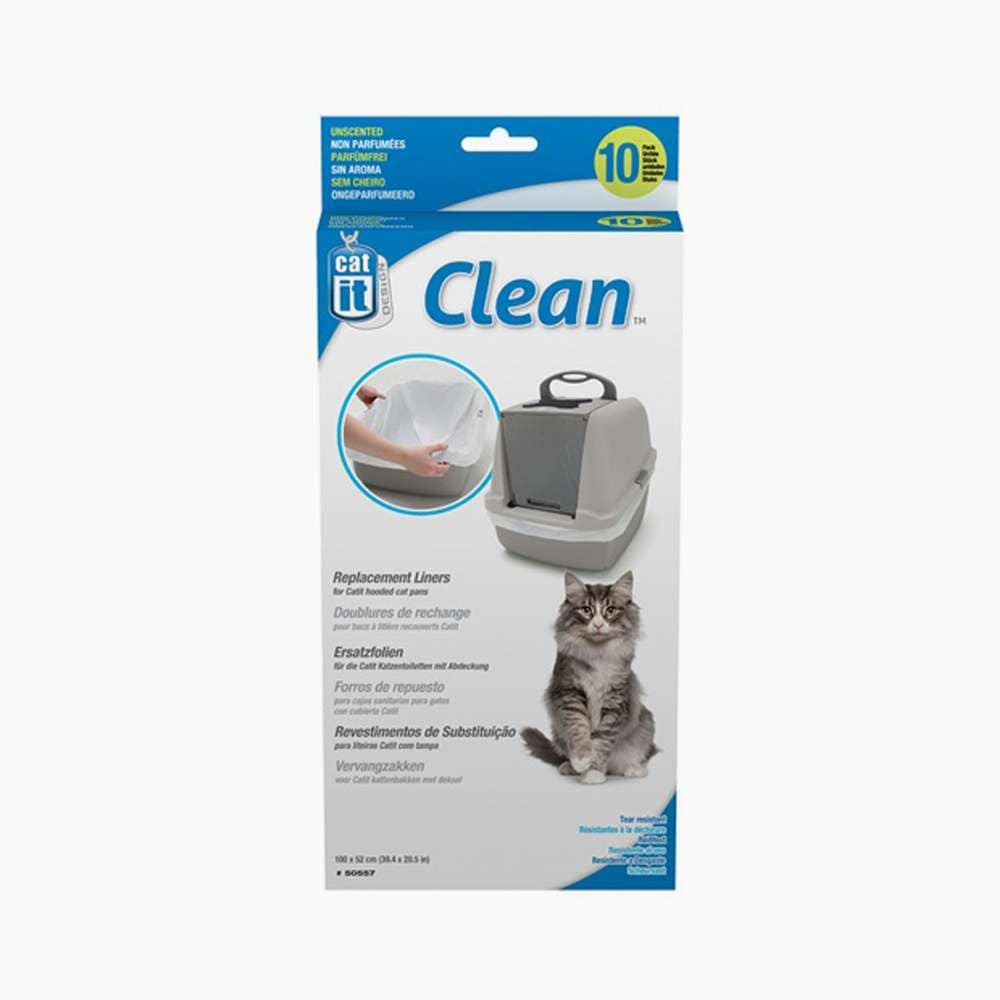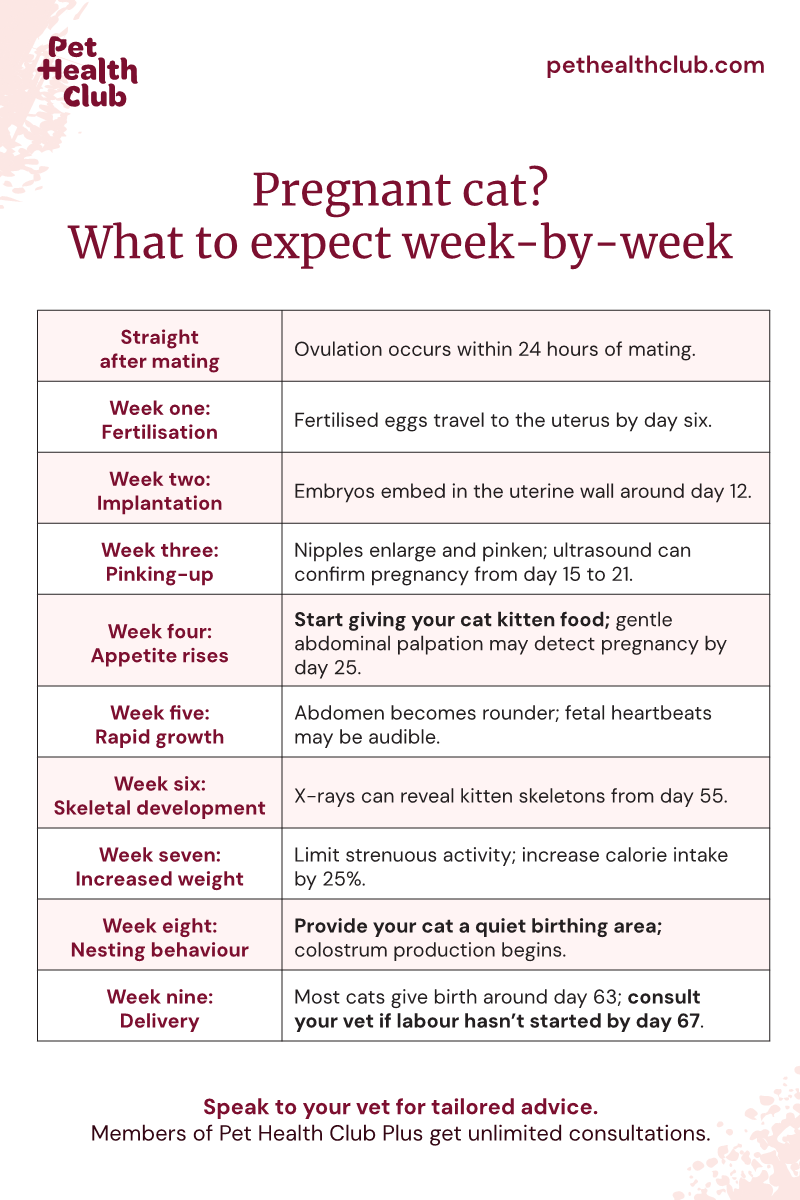Are you tired of the constant struggle to keep your cat’s litter box clean? Imagine a world where cleaning the litter box is as easy as lifting a bag and tossing it away.
Cat liners for litter boxes might just be the solution you’ve been searching for. These handy liners promise to save you time and effort, keeping your home fresher and your cat happier. Whether you’re a seasoned cat owner or a newbie just stepping into the world of feline care, understanding how cat liners can transform your routine is essential.
Dive into this article to discover the secrets behind choosing the best cat liners and tips on how to use them effectively. Your home, and your cat, will thank you for it.
Benefits Of Cat Liners
Cat liners for litter boxes simplify cleaning by preventing messes and reducing odor. These liners protect the box from scratches and extend its lifespan.
Cat liners for litter boxes are a game-changer for cat owners, offering numerous benefits that simplify your life and enhance your cat’s comfort. Whether you’re a seasoned cat parent or a newbie, understanding these perks can transform your approach to maintaining a clean and fresh litter box. Let’s delve into how cat liners can make your life easier and extend the longevity of your litter box.
Ease Of Cleaning
Cat liners make cleaning the litter box a breeze. Instead of scrubbing and scraping, you simply lift the liner with the litter inside and dispose of it. This saves time and keeps your hands clean, making it a more hygienic process. Imagine the relief of not having to battle with stubborn litter residues that stick to the box. With a liner, you can enjoy a quick and easy cleaning routine. This convenience is a lifesaver, especially for busy individuals or those who manage multiple litter boxes.
Odor Control
One of the biggest challenges with litter boxes is managing odors. Cat liners help contain unpleasant smells by providing an extra barrier. This means your home stays fresher for longer, even if your cat decides to use the litter box right before guests arrive. Some liners come with added odor-blocking technology, further enhancing their effectiveness. You might find yourself enjoying a more pleasant living environment, sparking a newfound love for your feline friend. Have you ever considered how odors might impact your mood or your cat’s comfort?
Prolongs Litter Box Life
Using cat liners can significantly extend the life of your litter box. Liners protect the box from scratches and stains that can occur over time. This means you won’t need to replace your litter box as often, saving you money in the long run. Consider the investment in a quality liner as a cost-effective way to preserve your litter box. It’s a small change that can make a big difference in your pet care routine. Isn’t it satisfying knowing you’re getting the most out of your purchases? By embracing the benefits of cat liners, you’re not only making your life easier but also enhancing the well-being of your feline friend.

Credit: www.amazon.com
Types Of Cat Liners
Choosing the right cat liner for your litter box can make the cleaning process much easier and more efficient. With various types available, understanding their benefits can help you select the perfect fit for your feline friend. Let’s dive into the different types of cat liners that can transform your litter box management.
Disposable Liners
Disposable liners are perfect for those who prefer a quick and hassle-free cleanup. You simply remove the liner, tie it up, and throw it away. This type is ideal for busy individuals or families who want to minimize maintenance.
These liners are often made from plastic and come in various sizes to fit different litter boxes. Ensure the liner fits snugly to prevent your cat from tearing it. A good fit means less mess and more time for you.
Consider the environmental impact, though. Are you comfortable with using single-use products? If so, disposable liners might be your best choice.
Reusable Liners
For those who want to reduce waste, reusable liners are a fantastic option. These liners are typically made from durable materials like rubber or washable fabric. They can be cleaned and reused multiple times.
While they require a bit more effort in terms of washing, reusable liners can be more cost-effective in the long run. If you’re looking to save money and reduce your carbon footprint, this could be the way to go.
Imagine the satisfaction of contributing to sustainability efforts while keeping your kitty’s space clean. Wouldn’t it feel great to make a positive impact?
Sifting Liners
Sifting liners offer a unique approach to litter box maintenance. They allow you to separate waste from clean litter, reducing the frequency of complete litter changes. This type is especially useful if you use clumping litter.
Using sifting liners can be a bit of a learning curve, but once you get the hang of it, it saves time and resources. Are you ready to try something innovative that could streamline your cleaning routine?
These liners often come in sets, with multiple layers. Ensure your litter box is compatible with sifting liners to make the most of their benefits. Your cat might appreciate the consistently clean environment, too!
Selecting The Right Liner
Choosing the right cat liner for your litter box isn’t just about keeping the area clean; it’s about enhancing your cat’s comfort and ensuring ease of maintenance. A well-selected liner can make all the difference between a messy cleanup and a hassle-free experience. So, what should you be looking for when selecting the perfect liner?
Size And Fit
A liner that doesn’t fit your litter box properly can be more trouble than it’s worth. You want a liner that snugly covers the entire base and sides of the box, preventing litter from getting underneath and causing unwanted messes. Always measure your litter box dimensions before purchasing liners. Have you ever tried fitting a liner only to realize it’s either too small or too large? It’s frustrating! Avoid the hassle by getting a liner that’s the right size.
Material Considerations
Not all cat liners are created equal. Some are made from thin plastic that may tear easily, while others offer reinforced materials for durability. Think about how often your cat scratches or digs in the litter box. A sturdy, tear-resistant liner might be necessary if your feline friend is particularly active. Also, consider eco-friendly options that are biodegradable, providing a more sustainable choice for environmentally conscious pet owners.
Compatibility With Litter Types
Different types of litter can interact differently with liners. Clumping litter may require a thicker liner to prevent sticking and tearing, while non-clumping litter might be more forgiving. Consider the type of litter your cat prefers and how it might affect the liner’s performance. Have you ever noticed litter sticking stubbornly to the liner? That’s a sign you might need to rethink your liner’s compatibility with your chosen litter type.

Credit: catit.us
Installation Tips
Ensure the litter box is clean before placing the liner inside. Smoothly press the liner’s edges against the box walls to secure it. Trim excess material for a neat fit, keeping the liner taut to prevent any folds or movement.
Installing cat liners in a litter box might seem straightforward, but a few tips can make the process easier and more effective. Getting the installation right ensures a clean and tidy environment for your feline friend and less hassle for you. Let’s dive into some practical installation tips to help you perfect this often overlooked task.
Proper Liner Placement
Start by choosing the right size liner for your litter box. A snug fit is essential to avoid excess material bunching up, which can lead to discomfort for your cat. Lay the liner flat at the bottom of the box, smoothing out any wrinkles. If you’ve ever struggled with a poorly fitted liner, you know how frustrating it can be. Pay attention to the corners; ensure they are tucked neatly to prevent litter from getting underneath. This small step can save you from unnecessary cleaning.
Securing The Liner
Once the liner is in place, secure it to prevent slipping. Some liners come with adhesive tabs that stick to the sides of the box. Use these to anchor the liner firmly. Consider using clips if your liner doesn’t have built-in fasteners. A set of binder clips can work wonders, ensuring the liner stays put even during your cat’s most enthusiastic digging. Have you ever tried lining a box only to find it displaced the next day? Securing the liner properly can help avoid this common problem.
Preventing Liner Tearing
Tears in the liner can lead to litter spillage and odors. To prevent this, choose a durable liner material that can withstand your cat’s claws. Thicker liners are generally more resistant to tearing. Another tip is to keep your cat’s nails trimmed. Not only is this good for their health, but it also reduces the risk of them tearing the liner. If you notice frequent tears, it might be worth considering a heavier-duty liner or even a liner-less box with a robust litter tray. By focusing on these installation tips, you can make litter box maintenance a smoother and more efficient process. Why not try them out and see the difference for yourself?
Maintenance And Disposal
Maintaining a clean litter box is crucial for your cat’s health. Cat liners play a vital role in this process. They make cleaning easier and more efficient. Proper maintenance and disposal ensure a hygienic environment. This section will guide you through a simple routine.
Regular Cleaning Schedule
Establish a daily cleaning routine. Scoop waste at least once daily. This prevents odor buildup. Replace the liner weekly for optimal cleanliness. Use a mild soap to clean the litter box. Rinse thoroughly and dry before adding a new liner. This keeps the box fresh and inviting for your cat.
Efficient Disposal Methods
Disposing of used liners properly is important. Seal the liner tightly before discarding. This contains odors and waste effectively. Use a trash bag to prevent leaks. Dispose of in the outdoor trash bin. This keeps your indoor space clean and odor-free.
Eco-friendly Options
Consider using biodegradable liners. These are better for the environment. They break down naturally in landfills. Choose liners made from recycled materials. This reduces your ecological footprint. Compostable liners are another option. Ensure they are safe for composting.
Common Challenges
Cat liners for litter boxes are a popular solution for pet owners looking to make cleanup easier. However, these liners can come with a set of common challenges that may frustrate you and your feline friend. Understanding these issues can help you find effective solutions and ensure a smoother experience.
Liner Slippage
One of the most frequent issues with cat liners is slippage. The liner may not stay in place, especially when your cat is digging or scratching. Imagine the mess when the liner shifts, and litter spills over the edges!
To combat this, consider securing the liner with clips or adhesive strips. Some pet owners have found success using double-sided tape. This can help keep the liner securely in place, minimizing slippage.
Cat Resistance
Another challenge is cat resistance. Some cats simply don’t like the feel of liners under their paws. This can lead to your furry friend refusing to use the litter box altogether, which is a problem no pet owner wants to face.
One strategy is to gradually introduce the liner. Let your cat get used to the texture by placing it outside the litter box first. Alternatively, try different liner materials to see if a softer or smoother option is more acceptable.
Leakage Issues
Leakage can be a nightmare, especially when it leads to unpleasant odors and stains. Thin liners may tear easily, resulting in leaks that defeat the purpose of using a liner in the first place.
Choosing a thicker, more durable liner can help prevent this issue. You might also look for liners with reinforced edges, which provide extra protection against leaks. Have you ever considered using a double-liner system for added security?
Addressing these challenges can make a world of difference in maintaining a clean and pleasant environment for both you and your cat. Have you faced any of these issues before? What solutions have worked for you?
Tips For Encouraging Use
Place the cat liner securely in the litter box to prevent slipping. Add a thin layer of litter on top for comfort. Regularly clean and replace liners to maintain freshness and encourage consistent use by your feline friend.
Introducing cat liners to your litter box routine can be a game-changer for cleanliness, but how do you get your feline friend on board? Cats are creatures of habit, and any change in their environment might be met with resistance. With a few thoughtful strategies, you can encourage your cat to embrace the new liners and make the transition smoother for both of you.
Introducing Liners To Cats
Begin by placing the liner underneath a small layer of your cat’s usual litter. This allows them to sniff and explore the new texture while still feeling familiar. Gradually increase the amount of liner visible over a few days. Observe your cat’s reaction. If they seem hesitant, try sprinkling a bit of catnip on top of the liner to pique their interest. Many cats are naturally curious, and this can help them associate the liner with positive experiences.
Positive Reinforcement
Reward your cat with their favorite treat or extra playtime after they use the litter box with the liner. Positive reinforcement strengthens the association between the liner and good feelings. Speak gently and offer praise when they approach the litter box. Cats respond well to soft, encouraging tones and will feel more at ease with the new addition. Consider using clicker training if your cat is already accustomed to it. Click and reward when they investigate or use the lined box, reinforcing the behavior you want to see.
Adjusting To Preferences
Pay attention to your cat’s preferences. Some cats might dislike the crinkling sound of certain liners. If this is the case, look for quieter options or thicker liners that minimize noise. Experiment with different types of liners. Some cats prefer disposable liners, while others might take to reusable ones. Finding the right match can make all the difference in their acceptance. Remember, patience is key. Every cat is unique, and some may need more time to adjust. By being attentive and flexible, you can help your cat feel comfortable and confident with their new litter box setup.

Credit: www.amazon.com
Frequently Asked Questions
Do Cats Like Liners In Their Litter Box?
Cats generally dislike liners in their litter box because they can create an uncomfortable surface. Liners might tear easily, causing frustration. Many cats prefer the feel of natural litter. Observing your cat’s behavior can help determine their preference. Most cats seem happier without liners in their litter box.
What Can You Use Instead Of Litter Box Liners?
Use newspaper, puppy training pads, or a thick layer of baking soda under the litter. These alternatives absorb moisture and control odor effectively. Reusable litter box liners made of washable fabric offer an eco-friendly option. These choices are practical and easy to implement, ensuring a clean litter box environment.
What Do You Line A Cat Litter Box With?
Line a cat litter box with newspaper or a liner made from biodegradable materials. This helps reduce odor and simplifies cleaning. Ensure the liner covers the entire bottom and sides for maximum effectiveness. Choose eco-friendly options to maintain a clean and sustainable environment for your cat.
How To Keep A Cat From Peeing Over The Edge Of A Litter Box?
Use a litter box with higher sides or a covered design. Ensure it’s clean and placed in a quiet area. Consider a larger box for more space. Regularly clean the area to remove any lingering scents. Consult a vet if the behavior persists.
Conclusion
Cat liners make cleaning litter boxes easier. They help control mess and odor. Liners keep the box fresh. This means less cleaning for you. Choose a liner that fits your box well. Look for durable options. Some liners can tear easily.
So, read reviews before buying. It’s important to change liners often. This keeps your cat comfortable and healthy. You can find liners in many stores. They come in different sizes and materials. Try a few to find the best fit.
Remember, your cat’s comfort matters most. Keep your litter box clean and inviting. Your cat will appreciate it.





